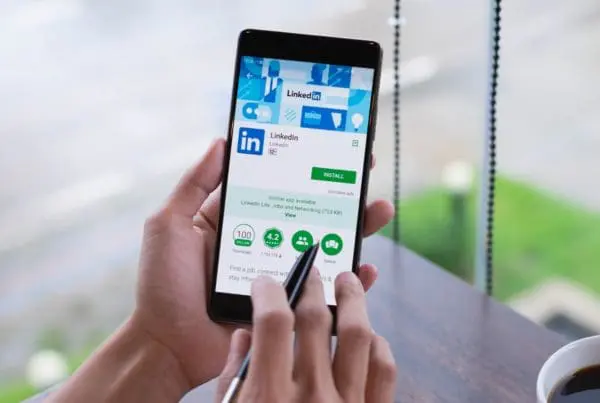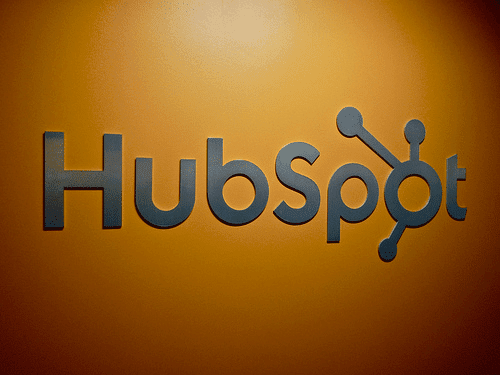This blog post is part of “The Ultimate Guide to Lead Generation” blog series.
Social media has evolved from a fad for the young to a staple for nearly every demographic available. According to Pew research, 74 percent of online adults use social media. Marketers ignore social media at their peril. Still knowing how and when to use social channels can be daunting. Knowing the right channel for your business will help you streamline effort and be more effective at social marketing.
Facebook. Facebook rules the consumer product category as a social channel. It has evolved from a way for kids to keep in touch with one another to a way for adults to share experiences, including their favorite products. The fastest growing segment of Facebook users is 65 years-old and older, as baby boomers have latched on to the convenience and simplicity of keeping up with family and friends. Facebook is arguably the most social of social networks, with more peer-to-peer group sharing. With 109 active users every day, the opportunity for consumer goods marketing is immense.
LinkedIn. LinkedIn has grown from a job search site to the business-to-business go-to social network. People still look for and post jobs, but LinkedIn is also used by business leaders to publish and share thought leadership content. LinkedIn groups are also a great resource for businesses–groups share information and ideas around specific industries and topics. Engaging with LinkedIn groups offers the potential to reach highly targeted audiences–narrowly focused businesses as well as businesses within businesses. For example, a contract medical device manufacturer can join a group around that topic; but a medical device manufacturer that specializes in plastic injection molding can join a group on plastic injection molded medical device manufacturing. Most groups, however, eschew promotional posts. It is important to engage professionally and to share real education content, not sales pitches.
Twitter. For businesses, Twitter is more of a PR tool that a marketing tool. Some of the heaviest users of Twitter are journalists and news outlets. Celebrities, politicians, athletes, and brands use Twitter to announce news. Journalists use Twitter to publish and promote their stories. Muck Rack, a press release distribution platform, recognized this early on and has developed a comprehensive database of journalist profiles, tracking what they are writing about, what publications they write for, and how they like to be pitched.
Unless you are already a well-known brand, building an audience in any of these channels is not easy. Encouraging customers to like or follow you is a very slow way to get started. In our era of intense competition for social attention, the question customers ask implicitly or explicitly is, “What’s in it for me?” If you have a large email database, the best way to entice your contacts to engage on social media is to offer them something they cannot get elsewhere–special offers, new product announcements, etc.
Most professional social media consultants will tell you that the only proven way to build a social following from scratch is to advertise. The beauty of social advertising is that you can target very specific audiences. You can target people by age group, location, and what other products, companies or organizations they like or follow. For example, if you are a contract medical device manufacturer specializing in plastic injection molding, you can serve up an ad on LinkedIn only to people that belong in the corresponding LinkedIn group, only in a certain area of the country or world, that work for specific companies. While technically an advertisement, if what people see is an invitation to follow you, or to learn more about a new technology in their field, they are likely to click.
This blog post is part of “The Ultimate Guide to Lead Generation” blog series.




